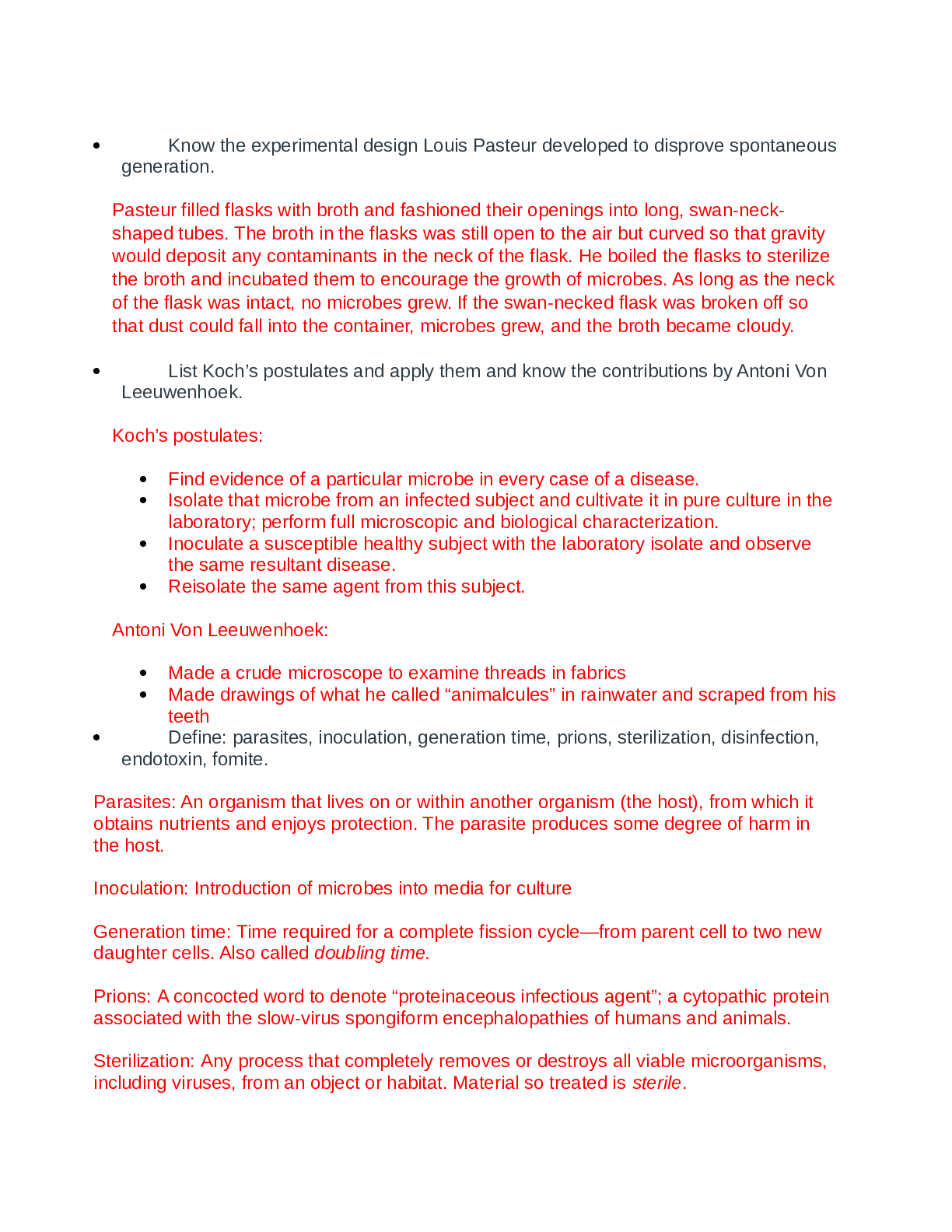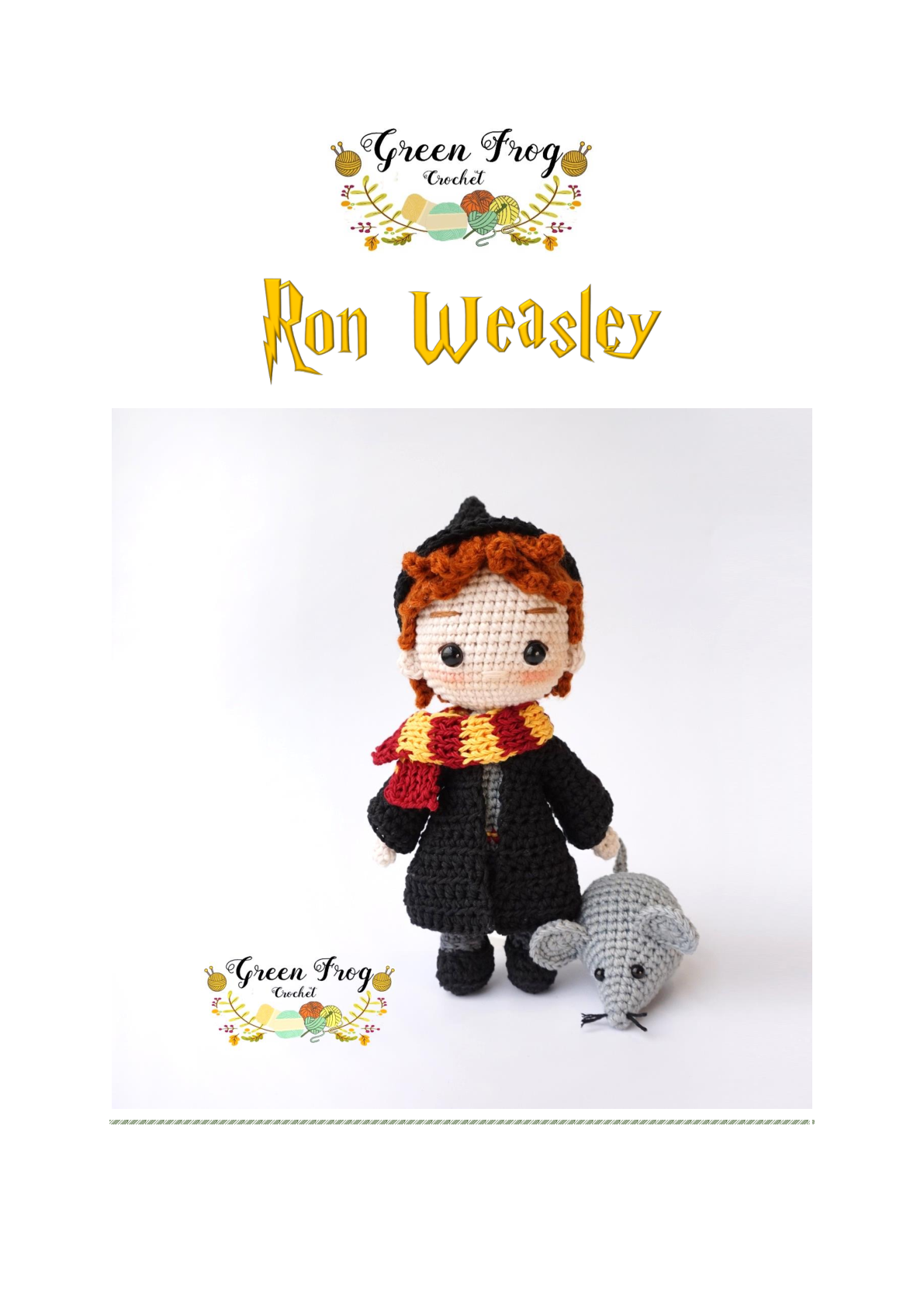Mathematics > Study Notes > Notes on Macbeth analysis latest update (All)
Notes on Macbeth analysis latest update
Document Content and Description Below
The play is peppered with references to the world of the theater, from the very beginning when we are seduced into a magic ritual by three characters who chant and dance around their stage. The banqu... et in Act III is a magnificent piece of staging, in which the director (Macbeth) is not allowed to direct as he wishes. Even the murder is an act, as distinct from the thought or intention of an act, as Lady Macbeth reminds her husband "Art thou afeard / To be the same in thine own act and valour / As thou art in desire?" And so when we look at this man, we see an actor, directed by Fate, his wife, and himself, capable yet incapable, suffering from stage fright, yet knowing that he must go on if the play is to succeed. Looked at in this way, we begin to sympathize with Macbeth, and we suddenly recognize what is the truly great achievement of this play. As in all good theatre, we're put on the spot just as Macbeth is: "If it were done . . . ," but will it be done? If it is done, what will be its effect? And what would we do? At the same time, while we recognize that Macbeth should not act in the way he does, we must, nevertheless, ask ourselves why his acts in that way. The answers are far from simple. Language, Imagery and Technique English of this period can be quite difficult to understand at first, but remember that one reason for Shakespeare's popularity is that much of his language is actually very bold and clear. For instance, Macbeth famously says that there is sufficient blood on his hands to make the "green" of the ocean "red." Later, he uses the same metaphor, remarking that he must "wade" through an ocean of blood. The trouble with Macbeth is that, as a psychological drama, the characters in the play (accidentally or on purpose) do not see things so clearly: This play is full of shadows, foreshadowings, and shadowy meanings. So Shakespeare has to inform his audience, while allowing the characters to remain mystified, or "in the dark." This is one reason why the play is full of questions, most famously "Is this a dagger?" The answer, for both Macbeth and the audience, is unclear. Most scholars agree that one of the most effective ways in which Shakespeare's writing communicates is through the combination (or clusters) of images: In this play, images of strength and weakness, as well as ability and inability, are played off one another constantly. A good example is the image of the "milk of human kindness" which resurfaces later in Lady Macbeth's assertion that she would have murdered her own child while breast-feeding it — a contrast to Macbeth's weakness. The color of milk, white, is also used by both Macbeth and his wife, as an image of cowardice, while red — the color of blood — represents not only courage and the energy of life but also terror and the curtailment of life. [Show More]
Last updated: 2 years ago
Preview 1 out of 53 pages

Buy this document to get the full access instantly
Instant Download Access after purchase
Buy NowInstant download
We Accept:

Reviews( 0 )
$11.00
Can't find what you want? Try our AI powered Search
Document information
Connected school, study & course
About the document
Uploaded On
Mar 02, 2023
Number of pages
53
Written in
Additional information
This document has been written for:
Uploaded
Mar 02, 2023
Downloads
0
Views
124



.png)






.png)


